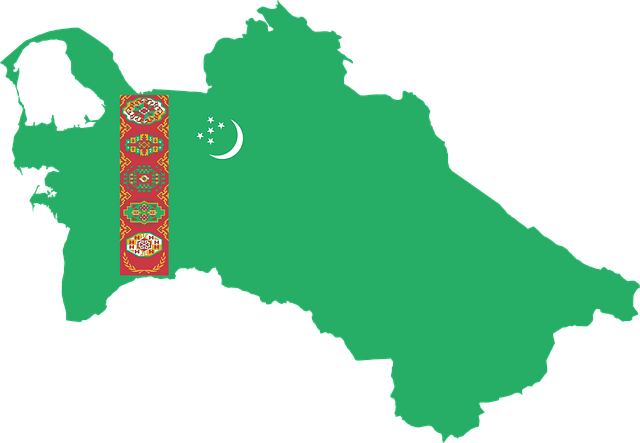By Tim Lambert
Early Turkmenistan
The early people of Turkmenistan were nomadic or semi-nomadic herders. However, the Persian Empire conquered the region in the 6th Century BC.
However, when Alexander died in 323 BC, his Empire broke up. Later parts of Turkmenistan were under the Parthian Empire, which ruled much of Central Asia from 247 BC to 224 AD. Later parts of it were ruled by the Sassanid Empire, which existed from 224 to 651 AD.
In the 7th century, the Arabs conquered Central Asia, and they brought Islam. From the 8th century onward, a semi-nomadic people called the Turkmens migrated to Turkmenistan.
Then, in the early 13th century, the Mongols swept into Turkmenistan. But the Mongol Empire soon broke up. In the early 15th century, the great conqueror Timur or Tamerlane subdued the region. However, the Timurid Empire was short-lived. When it broke up. Tukmenistan became part of the khanates (states) of Khiva and Bukhara.
Modern Turkmenistan
In the late 19th century, Turkmenistan became part of the Russian Empire. After the Communist Revolution of 1917, it became part of the Soviet Union. During the Soviet era, Turkmenistan underwent rapid industrialisation. However, traditional Turkmen culture was repressed. Turkmenistan became independent in 1991.
Today, Turkmenistan has huge gas and oil reserves, although agriculture is a major employer. In 2025, the population of Turkmenistan was 7.4 million.
